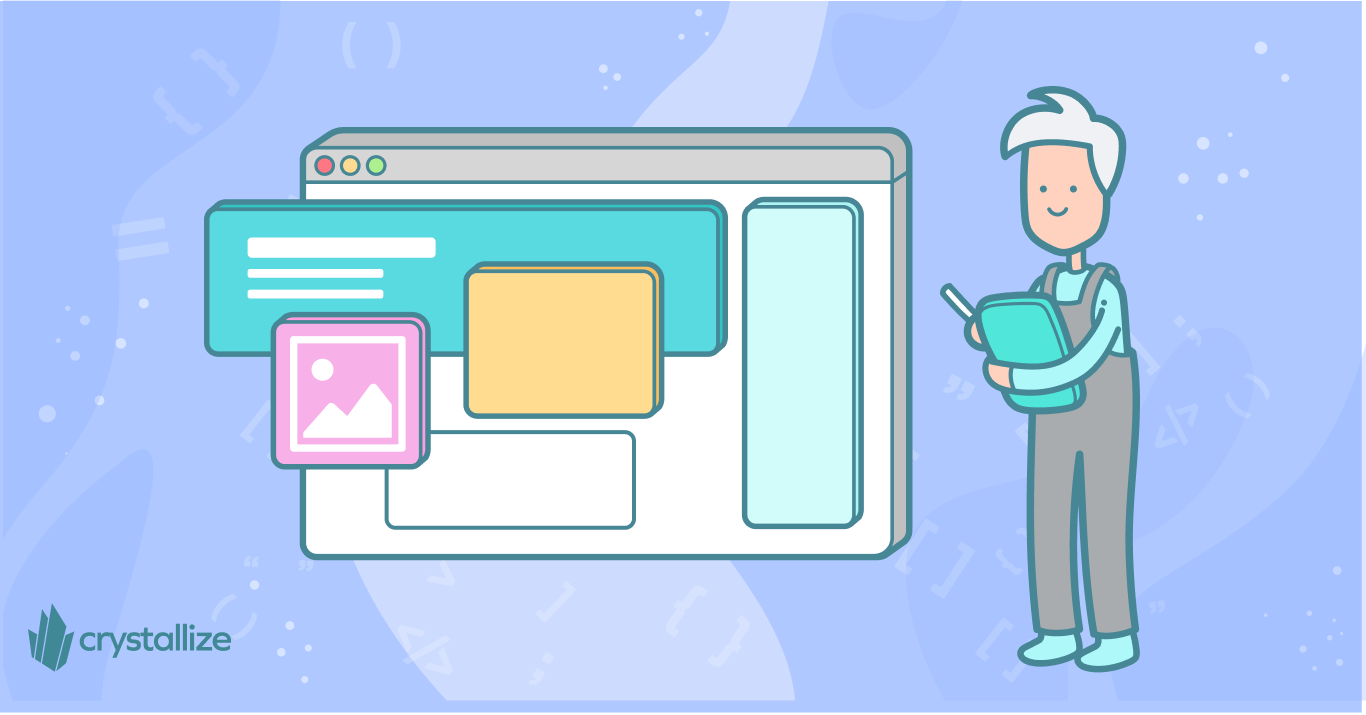
Content Modeling Step-by-Step Guide
Content modeling, how is it done? It's not as tricky as it sounds! It usually starts with some good old-fashioned brainstorming and planning, often in team workshops.
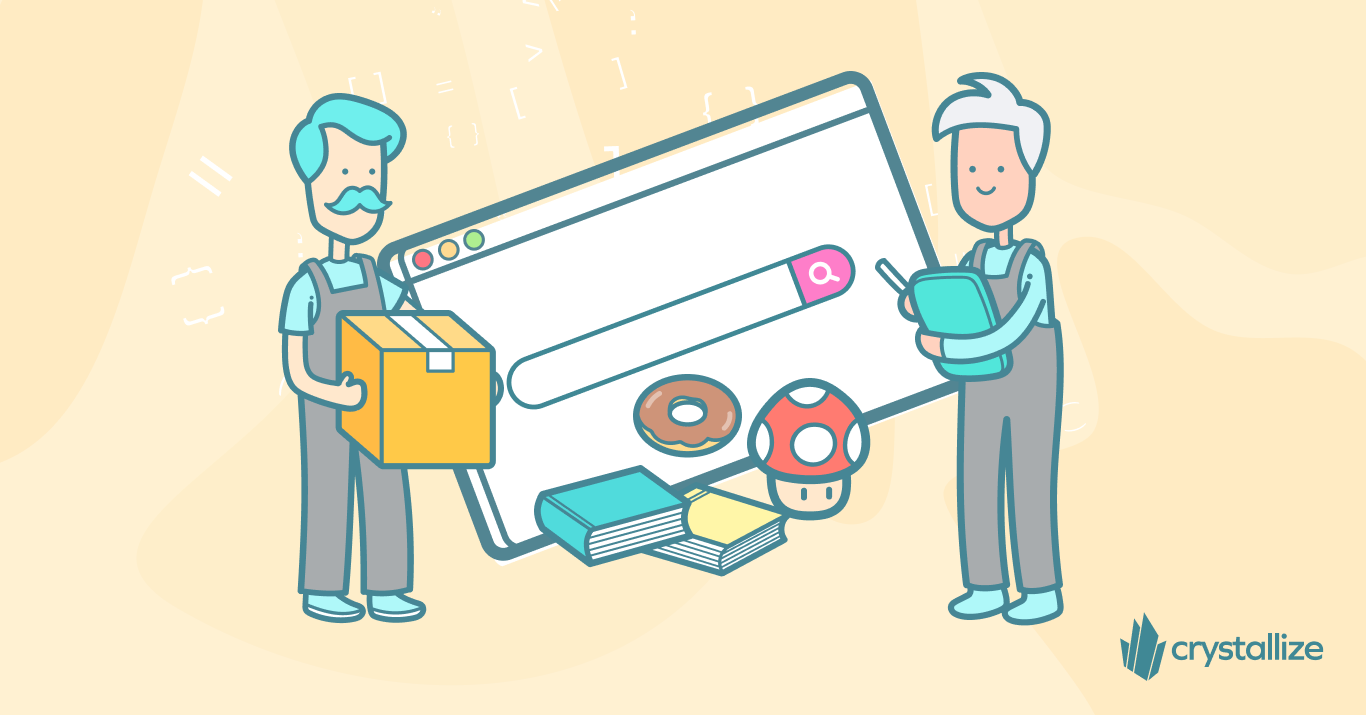
Content Modeling with Structured Content Explained
Content modeling is the practice of defining structured content for your websites, apps, or any digital platform.

Headless PIM vs. Digital Shelf Suites: A Business Comparison
Headless PIMs and digital shelf suites may look similar but solve completely different problems. This breakdown reveals the key differences brands wish they'd known before scaling channels, rebuilding front ends, or investing in omnichannel reach.
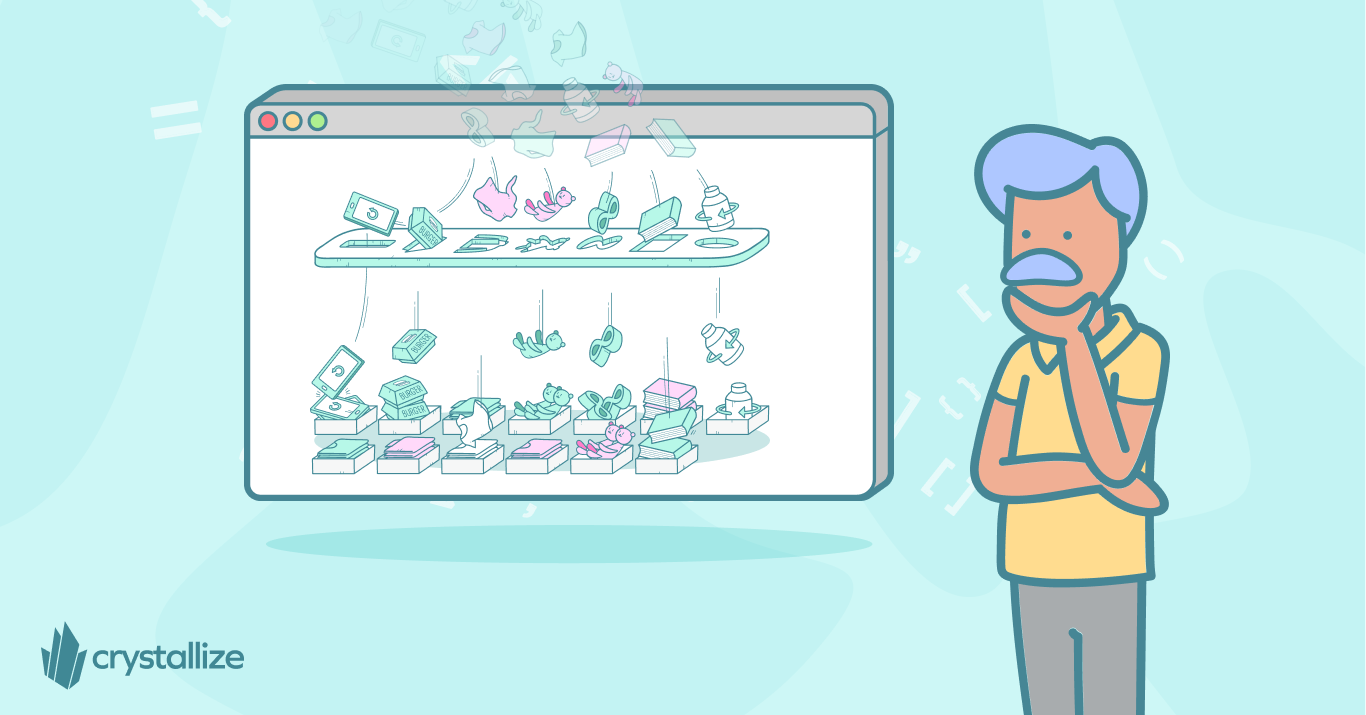
Best PIM Platforms in 2025: Compare the Top 8 Solutions Side-by-Side
Discover the top 8 leading Product Information Management (PIM) platforms in 2025, their features, benefits, and how to choose the right solution for your business needs.
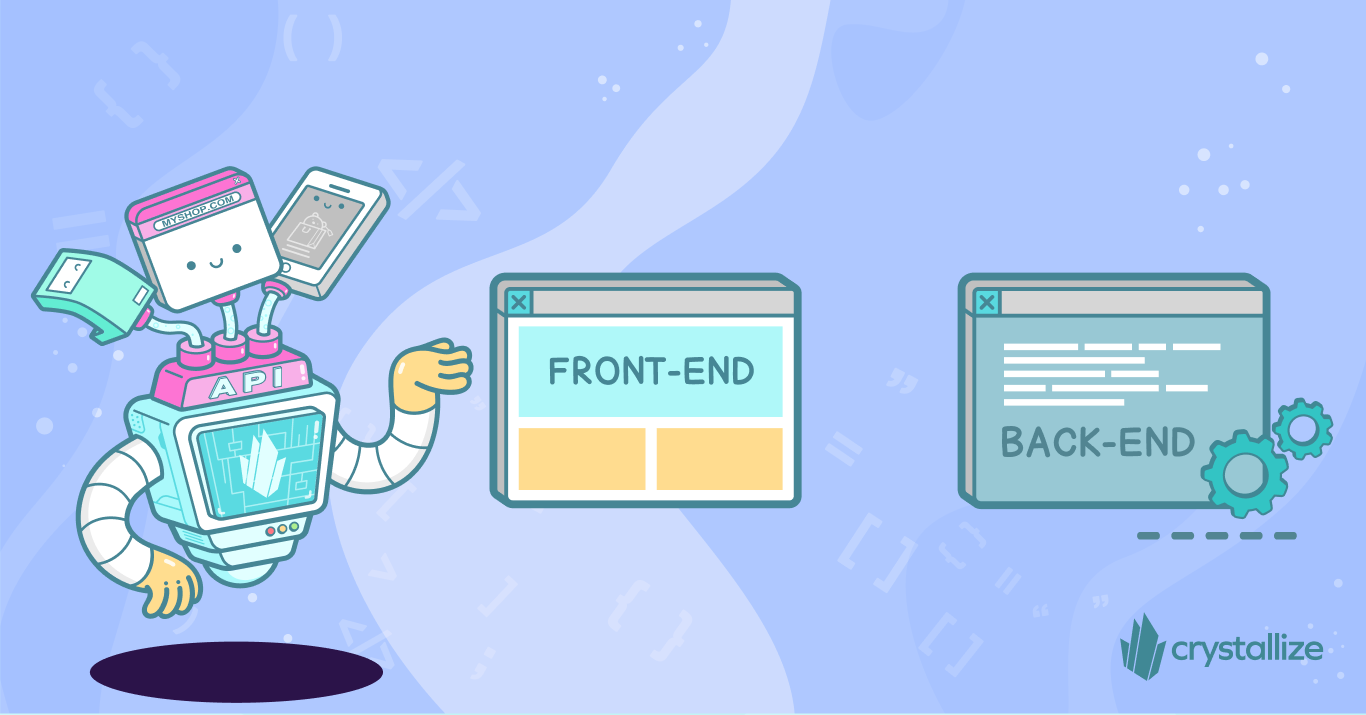
Understanding Product Information Management (PIM) Done Headless
A headless approach to PIM means having a service ready to manage product information in seconds. Product information and content are delivered via an API. There are no templates, no web pages, only structured content—pure developer bliss.
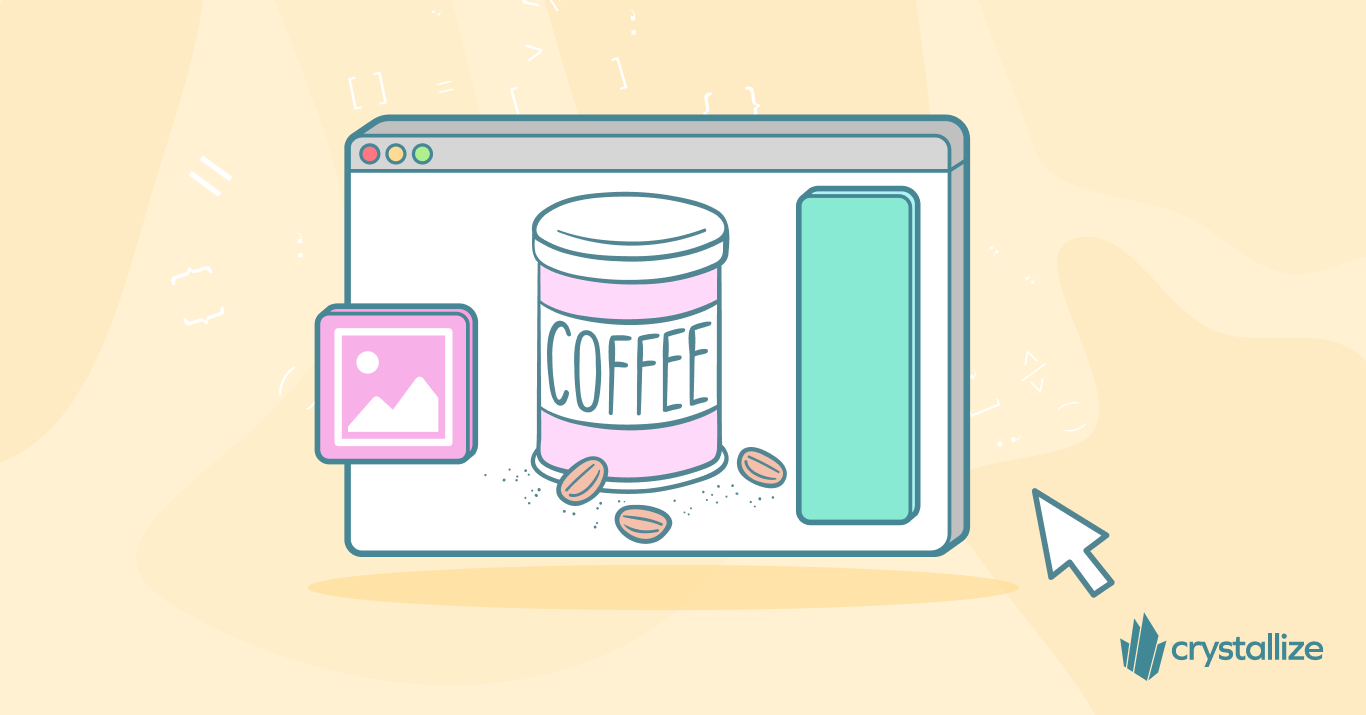
Blending Storytelling with a Headless PIM Strategy
This experiment was about more than coffee—it was about pushing the limits of product information management to craft an engaging e-commerce experience.

Why/When to Go Headless (ROI and Suitability)?
Is headless commerce really beneficial (e.g., at what scale does it make sense, what are the pros vs. cons, and is it overkill for small companies)? Let's explore when headless commerce delivers real ROI, highlight the critical considerations, and help you decide if this strategic investment aligns with your brand goals.
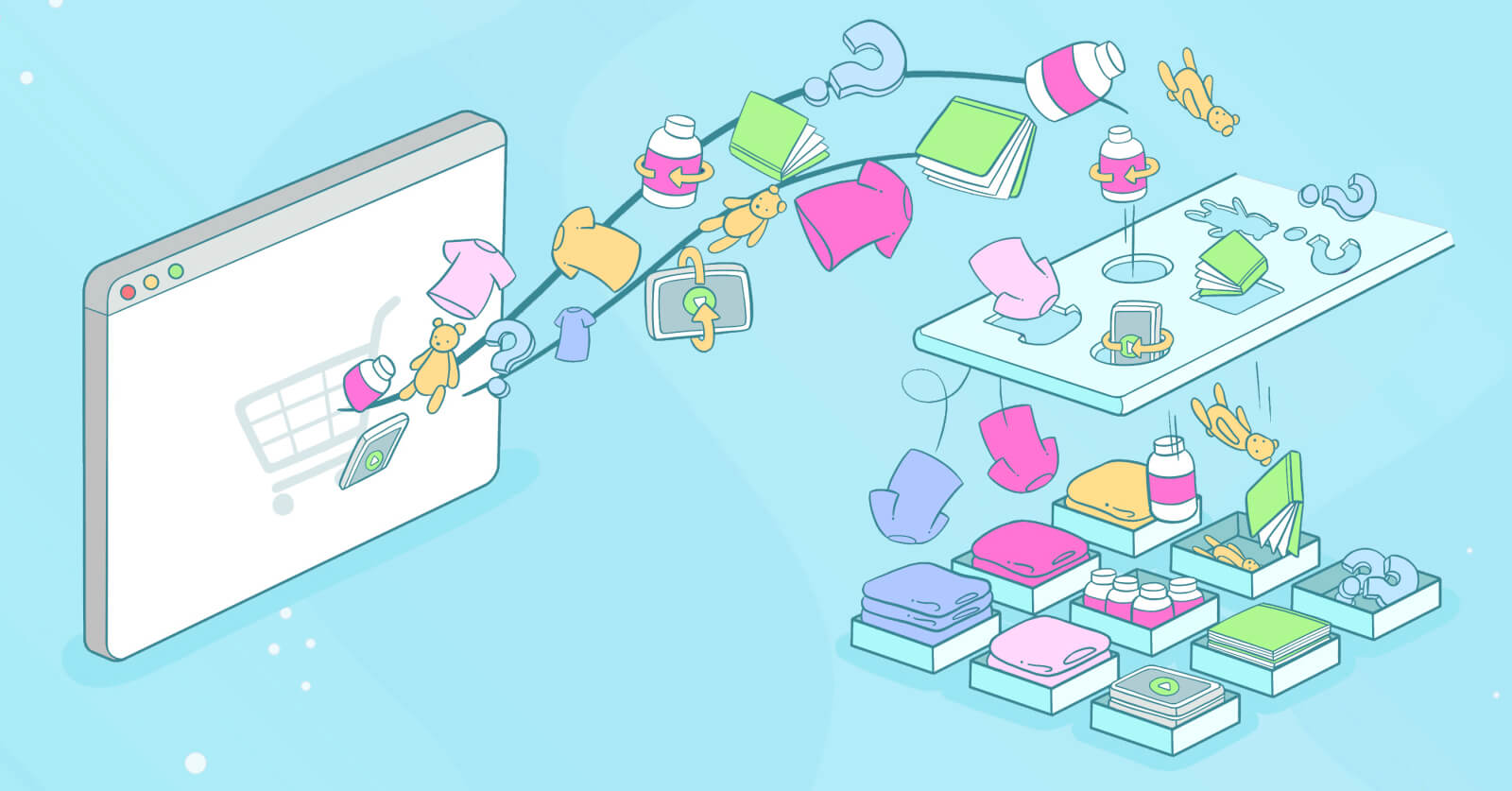
What is PIM, and Why Do You Need It?
Having solid product data isn't just about making sales; it's about building trust and driving growth. Many businesses are turning to Product Information Management (PIM) systems to meet these evolving needs.

Digital Asset Management (DAM): The Definitive Guide to Organizing & Optimizing Your Digital Assets
Discover how Digital Asset Management streamlines workflows, boosts brand consistency and enhances ROI in our comprehensive 2025 guide.
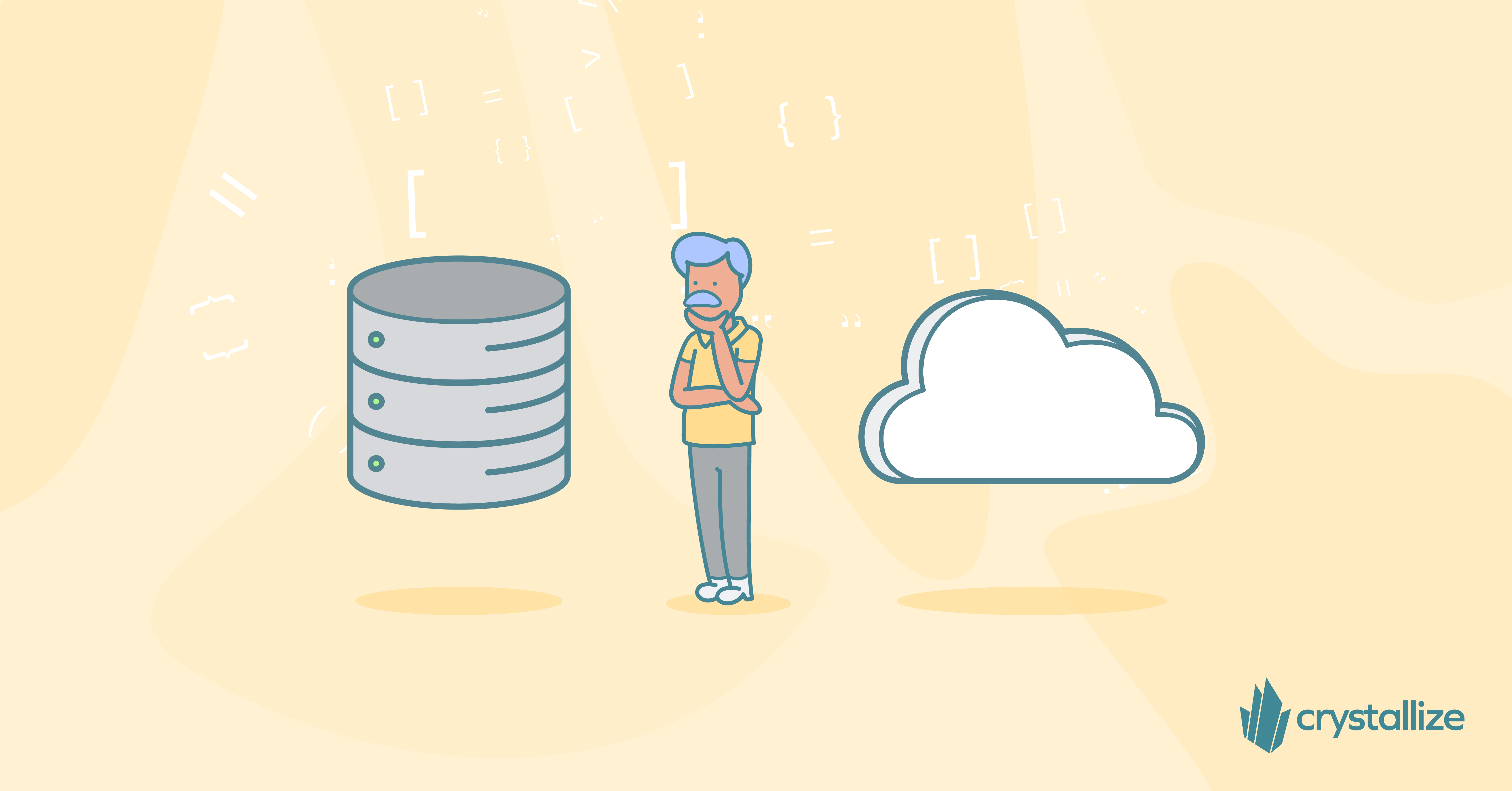
On-Premise vs. Cloud PIM: Which is Right for Your Business?
On-Premise and Cloud PIM, the benefits, the differences, and drawbacks of each, with examples of PIM platforms for both.
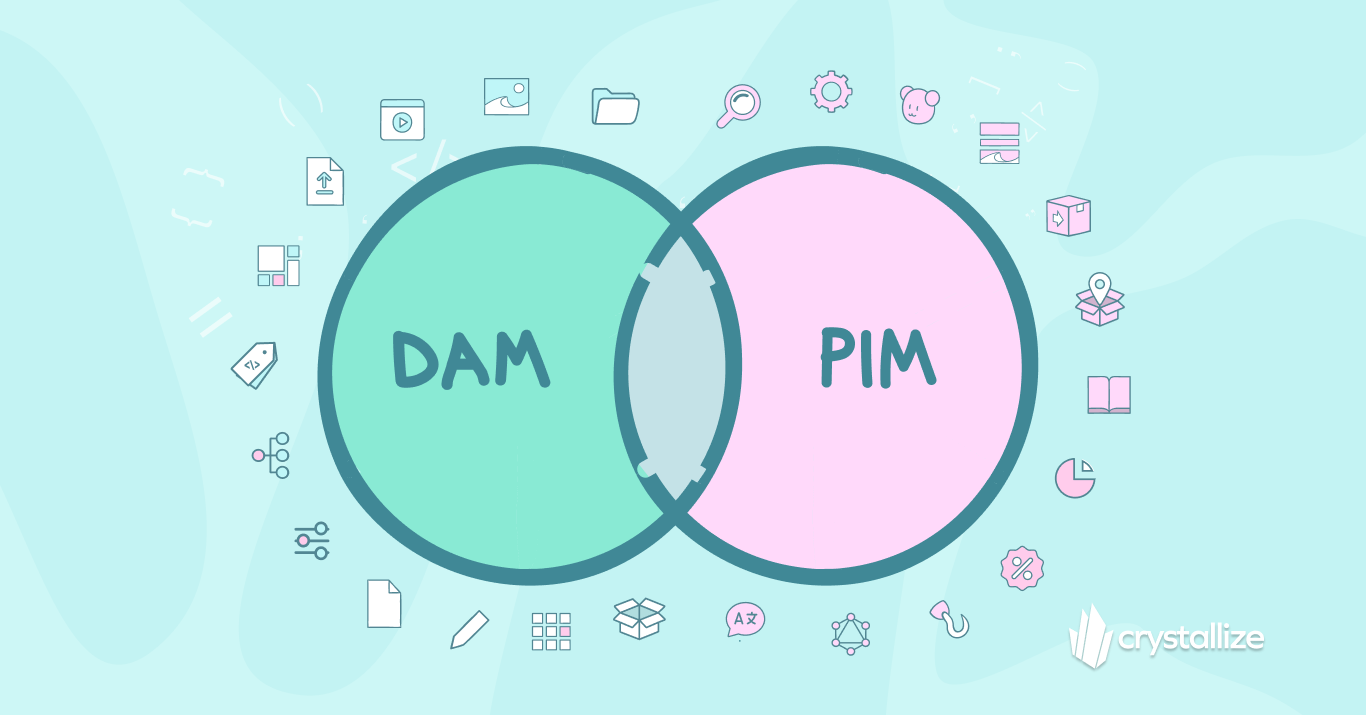
PIM vs. DAM: What's the Difference?
We just scratched the surface by explaining product information management (PIM) and digital asset management (DAM). Time to compare these two concepts and systems and describe the business benefits of using them.
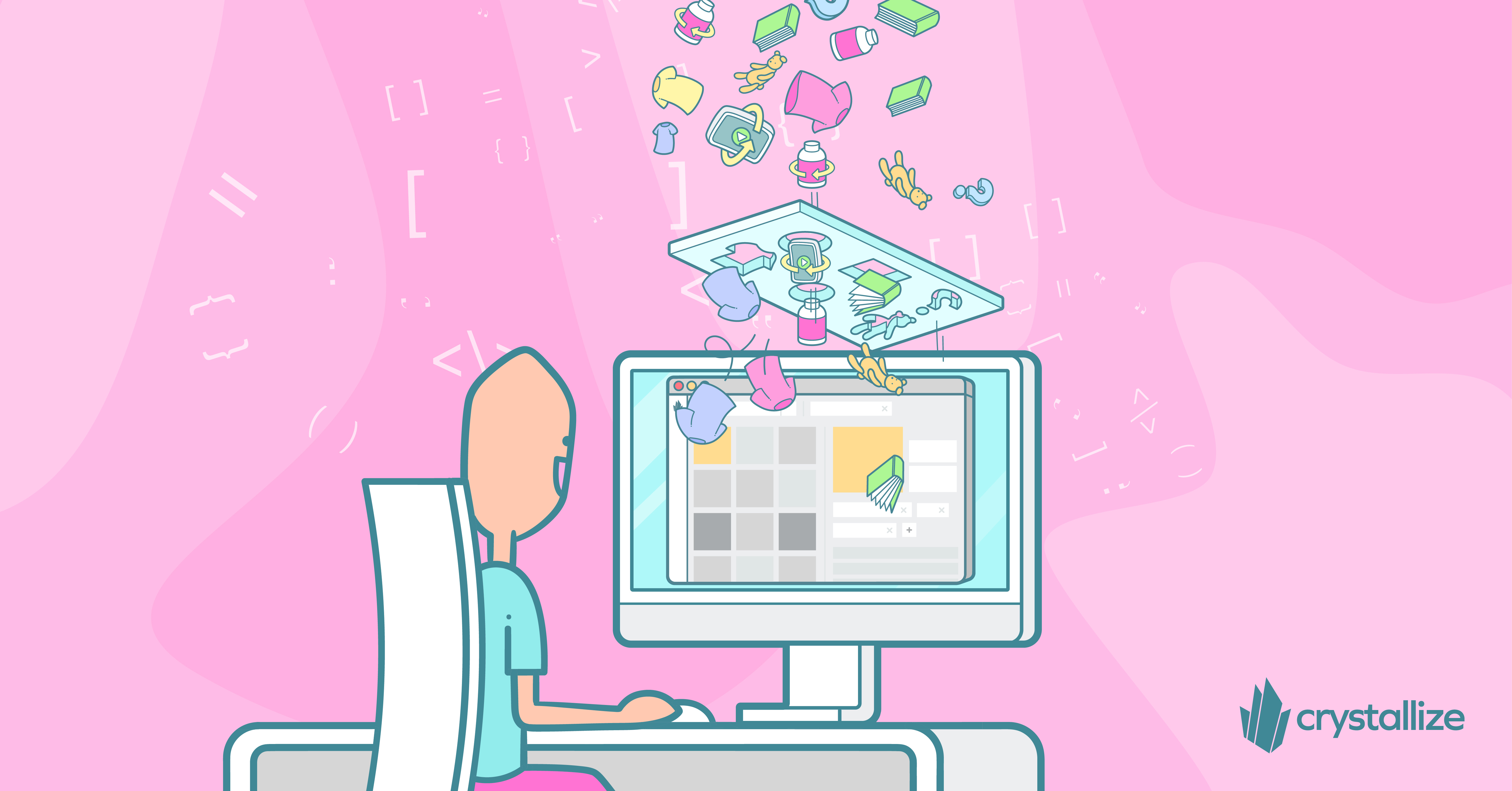
Maximizing PIM Efficiency with GraphQL APIs
Product catalogs are rapidly expanding, and customer expectations for seamless, dynamic experiences are sky-high, making efficient Product Information Management (PIM) a necessity rather than a nice-to-have feature.

Product Merchandising to PDF Catalogs with PIM
Turning your product information into PDF in seconds. Publish catalogs, datasheets, and price lists in a flash with a headless PIM system.
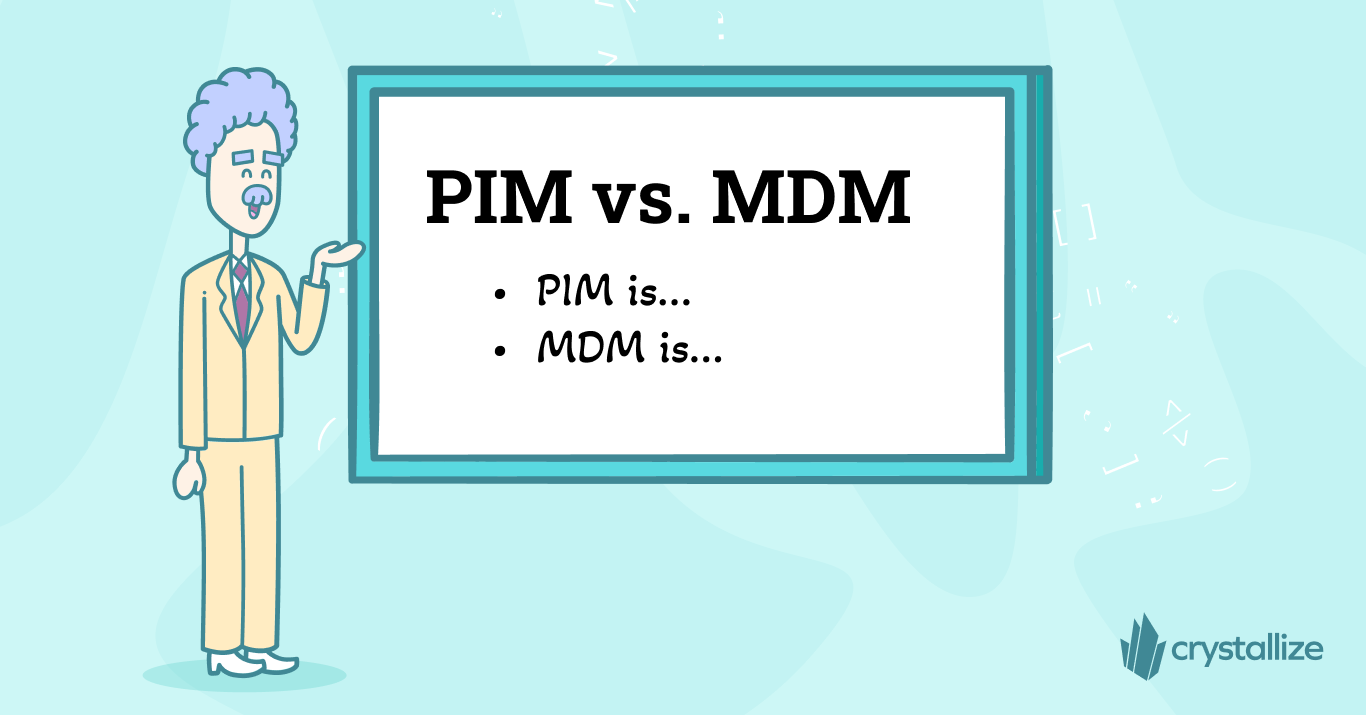
PIM vs. MDM: What is the Difference?
MDM manages all types of company data, including those managed in PIM, making PIM a subset of MDM. Wait, what?
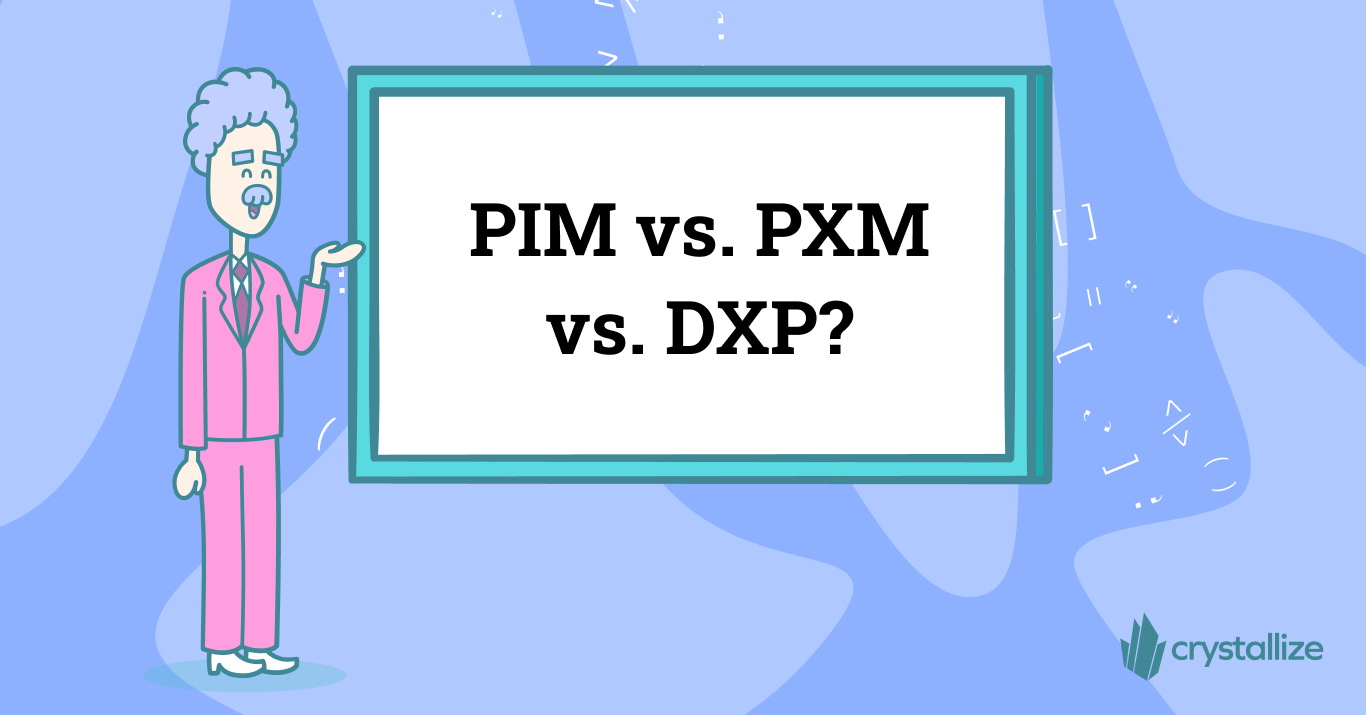
PIM vs. PXM vs. DXP: Understanding the Concepts
Personalized experiences increase the likelihood of purchase by 80% for consumers. And with that, experience management platforms (XM) entered the scene.
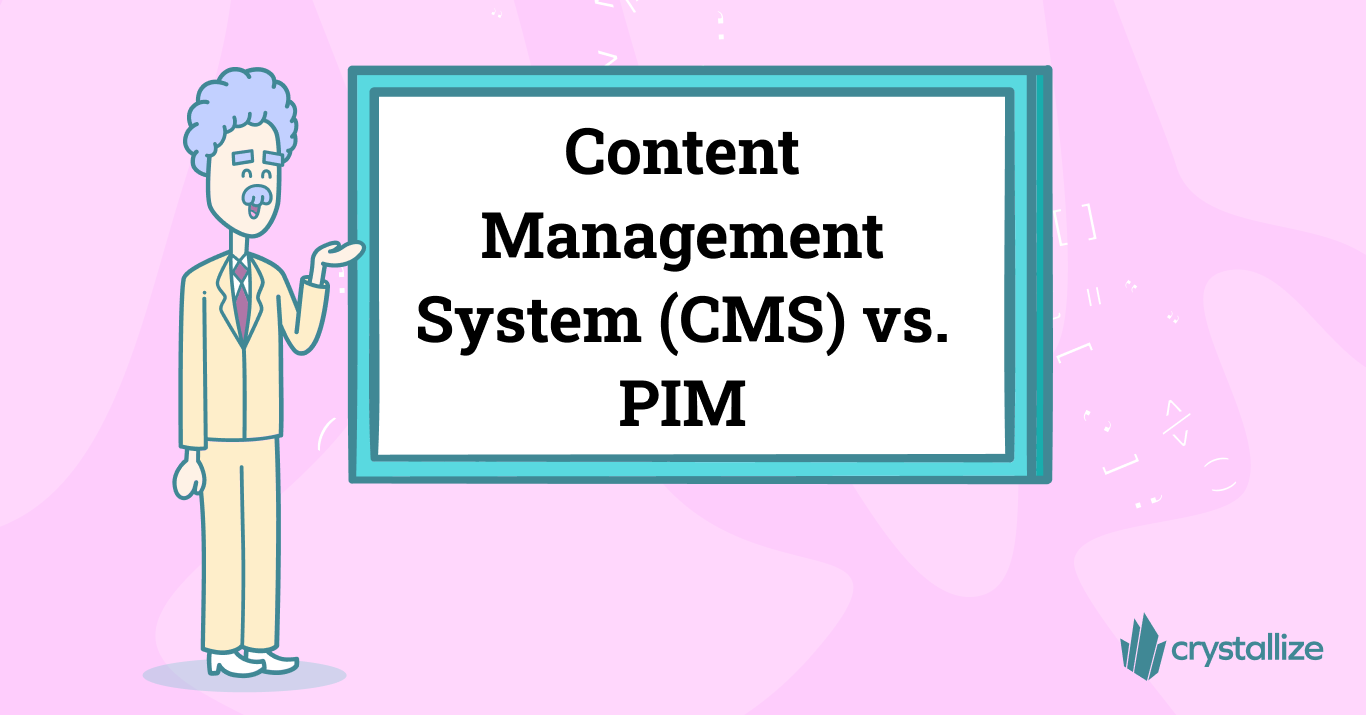
PIM vs. CMS: Which One Do You Need?
When it comes to managing digital content, there are two main types of systems that professional businesses use (oftentimes together): Product Information Management (PIM) systems and Content Management Systems (CMS).
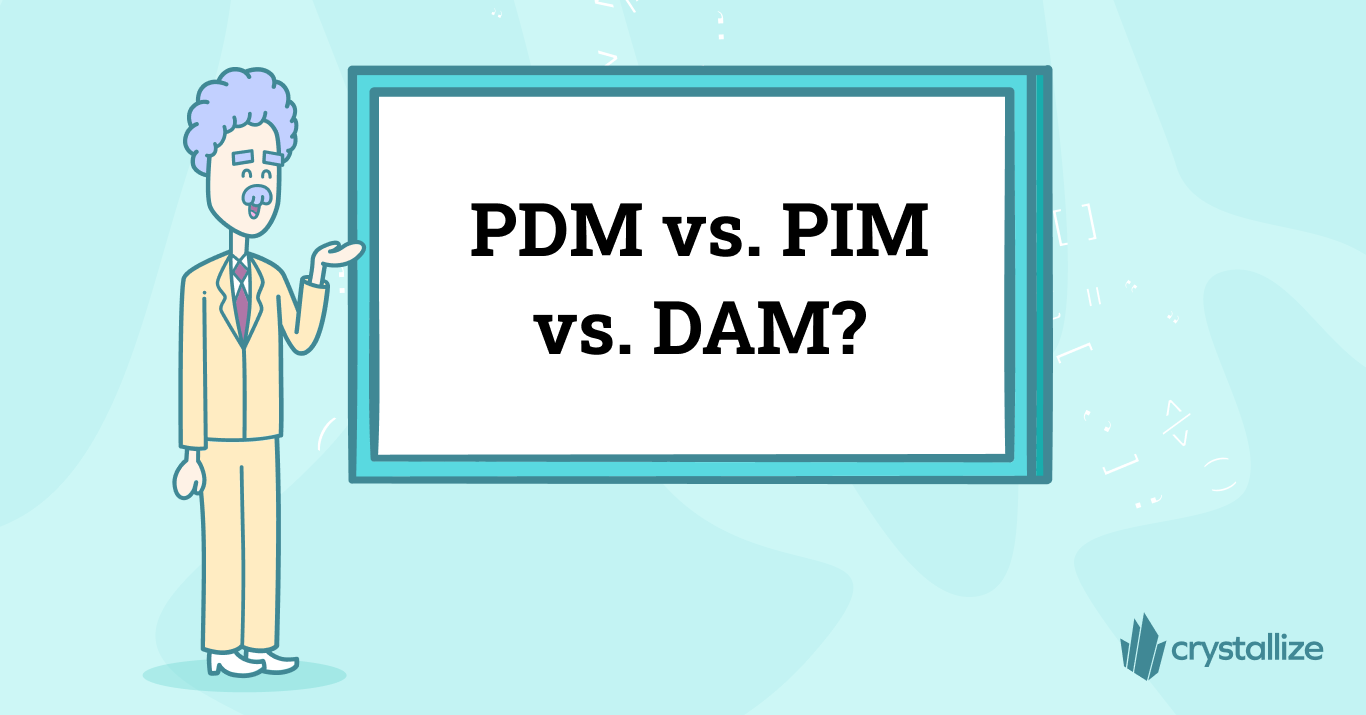
PDM vs. PIM vs. DAM: Which One Do You Need?
Businesses and organizations that need to manage and organize massive amounts of product-related data effectively should use PDM.
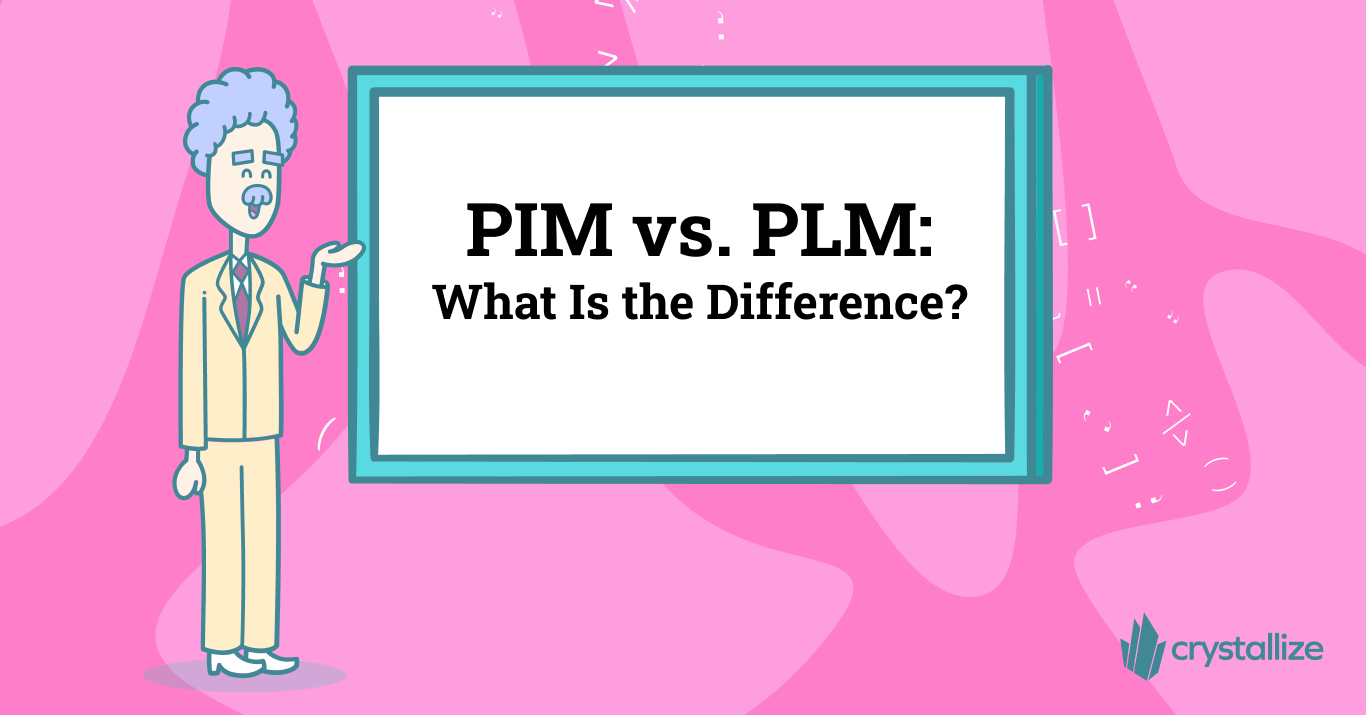
PIM vs. PLM: What Is the Difference?
Welcome to another battle of acronyms! Who will come out on top: PIM or PLM?! Spoiler alert, ideally, they’d work together.
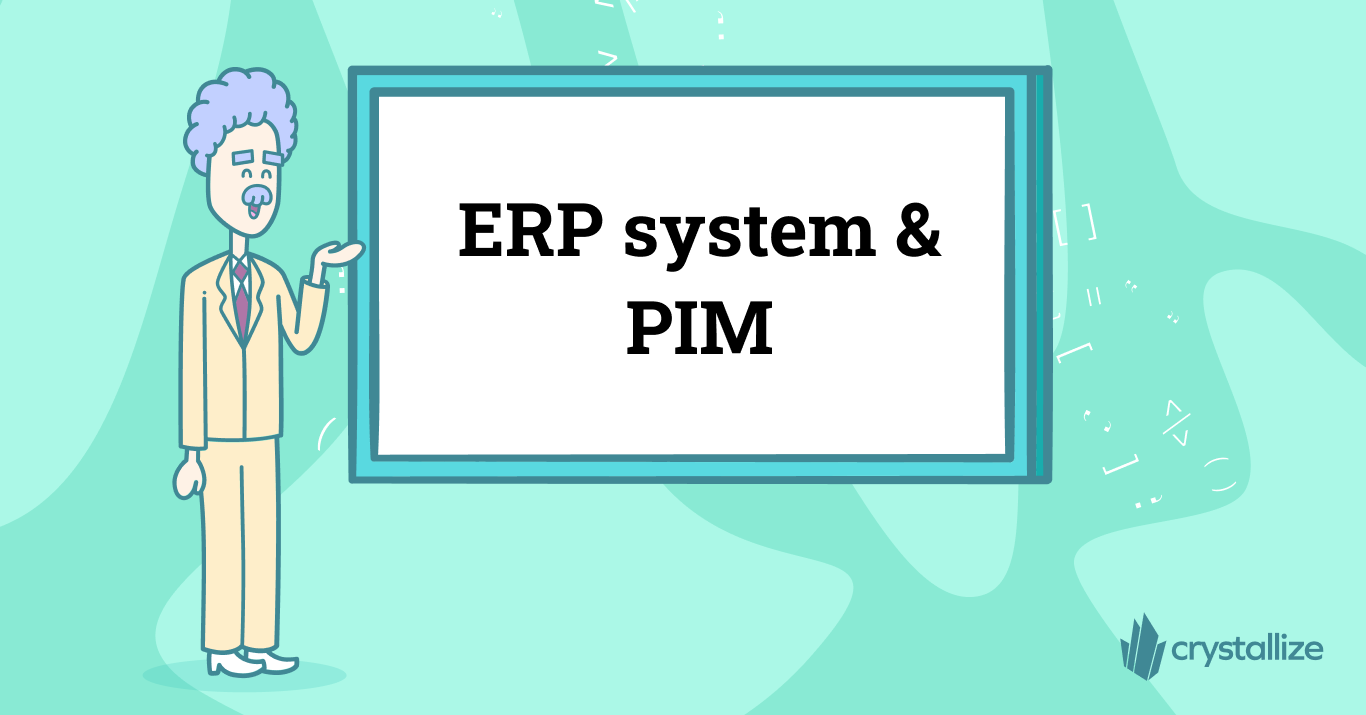
PIM vs. ERP Systems: The Differences
ERP helps to manage core business processes (manufacturing, supply chain, services, procurement, finance, HR, etc.) in an integrated system efficiently.
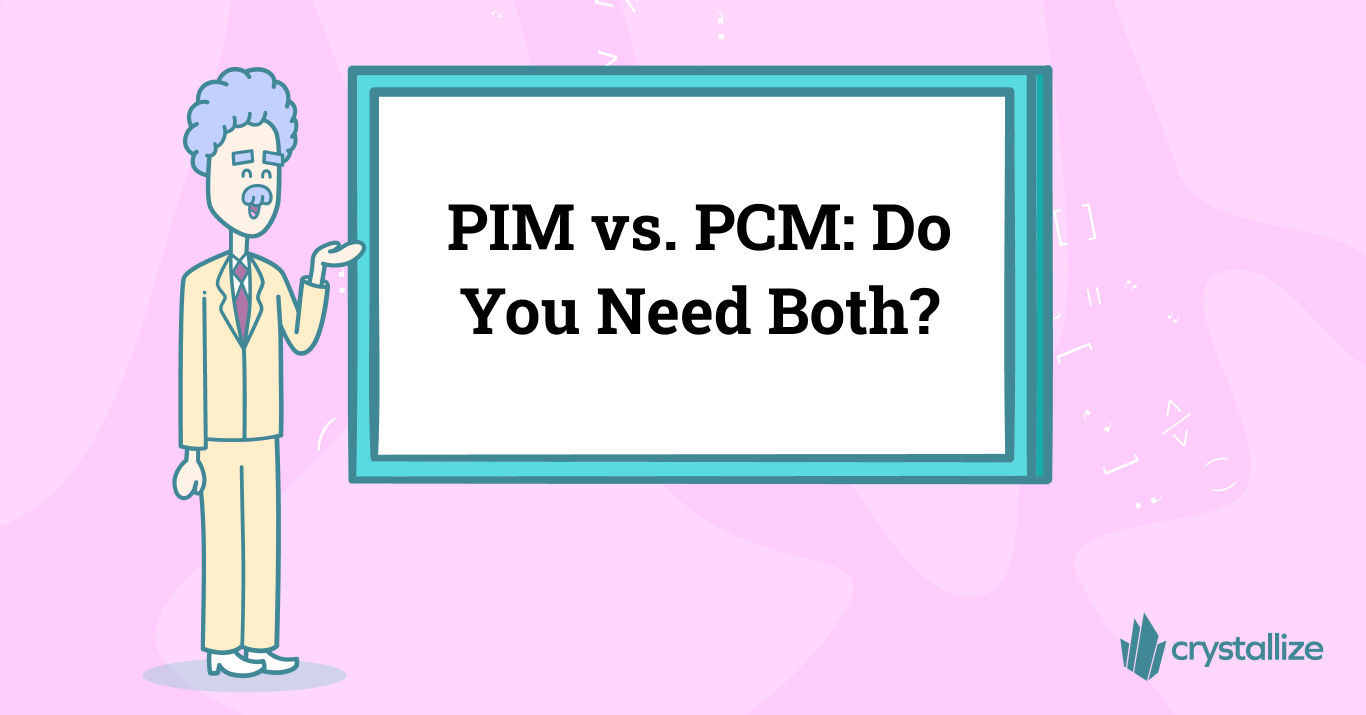
PIM vs. PCM: Do You Need Both?
When it comes to managing product information, two terms often used interchangeably are PIM and PCM. While they may sound similar, these two concepts are quite different and serve different purposes in the world of e-commerce and product management.
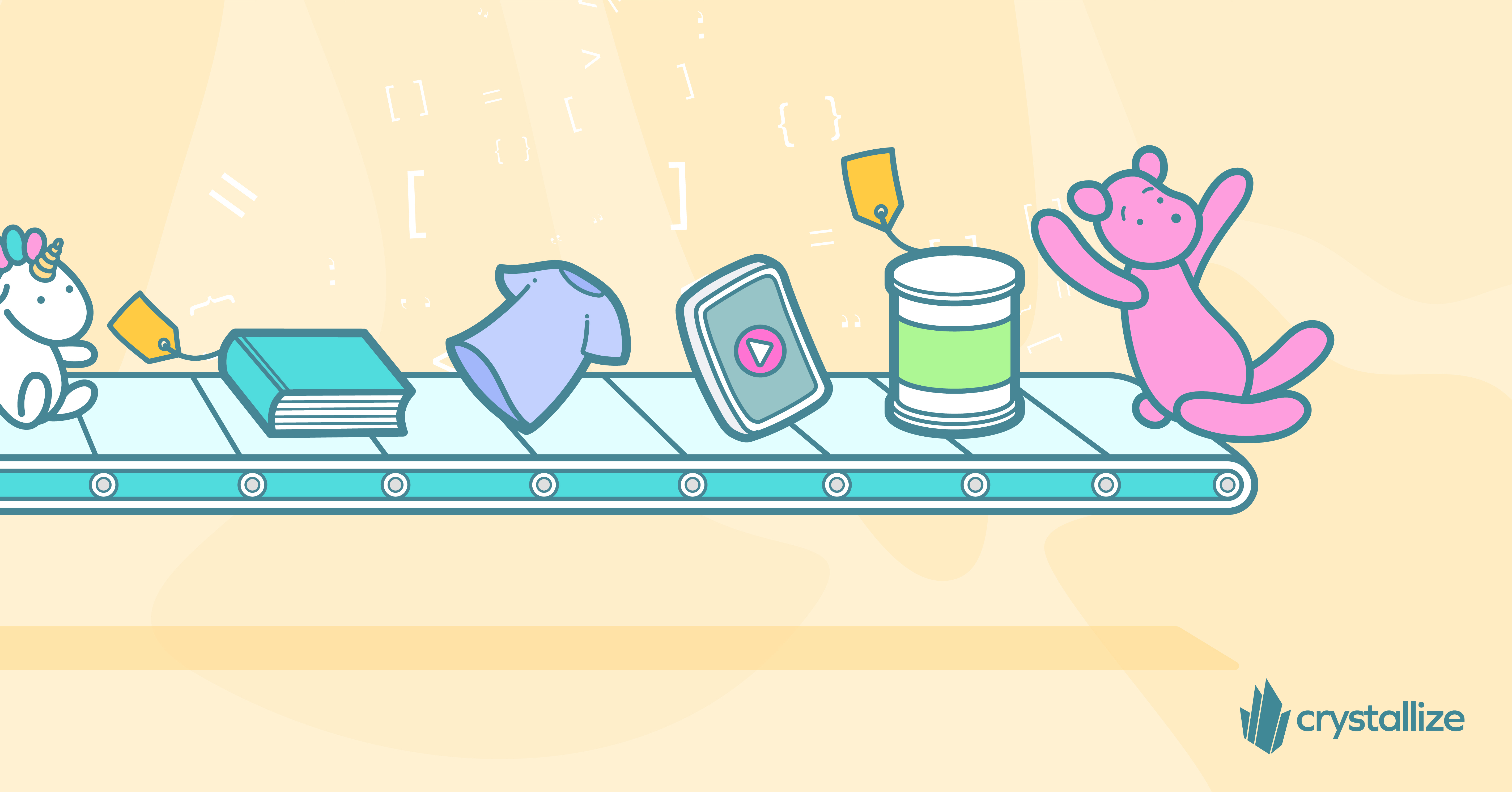
The Future of PIM is on the Edge
Edge computing makes it possible to deliver and process data even closer to end-users today, and businesses are slowly discovering the potential it offers.